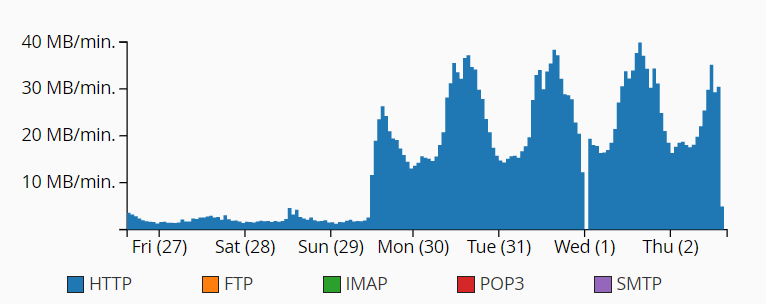cPanel is, by far, the most popular Linux-based control panels to run and maintain web hosting from. However, for someone that has come from shared hosting to dedicated hosting, it can seem quite a shock. This is generally because most shared hosting platforms have an ‘overlay’ over the hosting so that it is easy for people to understand and interact with. With cPanel, you can go into the individual files and folders, see in-depth and specific stats, which are both great, but daunting at the same time. After using cPanel for quite some months now, here are the main takeaways I have from using it, and how I have benefited from these specific areas.
File Manager
File manager is similar to Windows Explorer, in that it lets you see every file and folder you have on your website. This is quite strange at first since the structure of WordPress websites take some time to get around how things are stored and located.
What this is particularly useful for is making new folders and uploading new files. For example, if you want to save some cash and get SSLs for free, you can do this through SSL for free and manually upload the authentication to a separate folder just for that. I’ve only recently discovered this, and already it’s saving me hundreds of dollars, in SSL certificates for my 5 WordPress websites.
Bandwidth
Bandwidth allows you to see just how much data is being sent from your server to the traffic requesting it on your website. This is a good indication of how your website is cached and optimized, and potentially of any other issues that might cause your bandwidth to spike. Take the following graph, for example:
SSL/TSL
Continuing the topic of conversation of SSLs, the likes of GoDaddy currently charge around $60 per SSL per website. This is crazy considering you can get SSLs for free. However, most people pay the money because:
- They are unsure how to install an SSL
- They are unaware SSLs can be obtained for free
Within cPanel, you have the possibility to allocate SSLs to each one of your websites, which means any costs associated with SSLs in future will be completely gone.
What is also very good with this part of cPanel, is that it will show you what is encrypted with SSLs and what is not. For example, if yourdomain.com is encrypted, but www.+ version might not be.
PHP Version
Most shared hosting will try and stick to the most up to date PHP version since it will help websites run quicker. With a cPanel, you need to remember to upgrade when it becomes available.
This is easily done by going into ‘PHP Version’ and changing the version to the highest number available (at the time of writing this, is 7.4).



